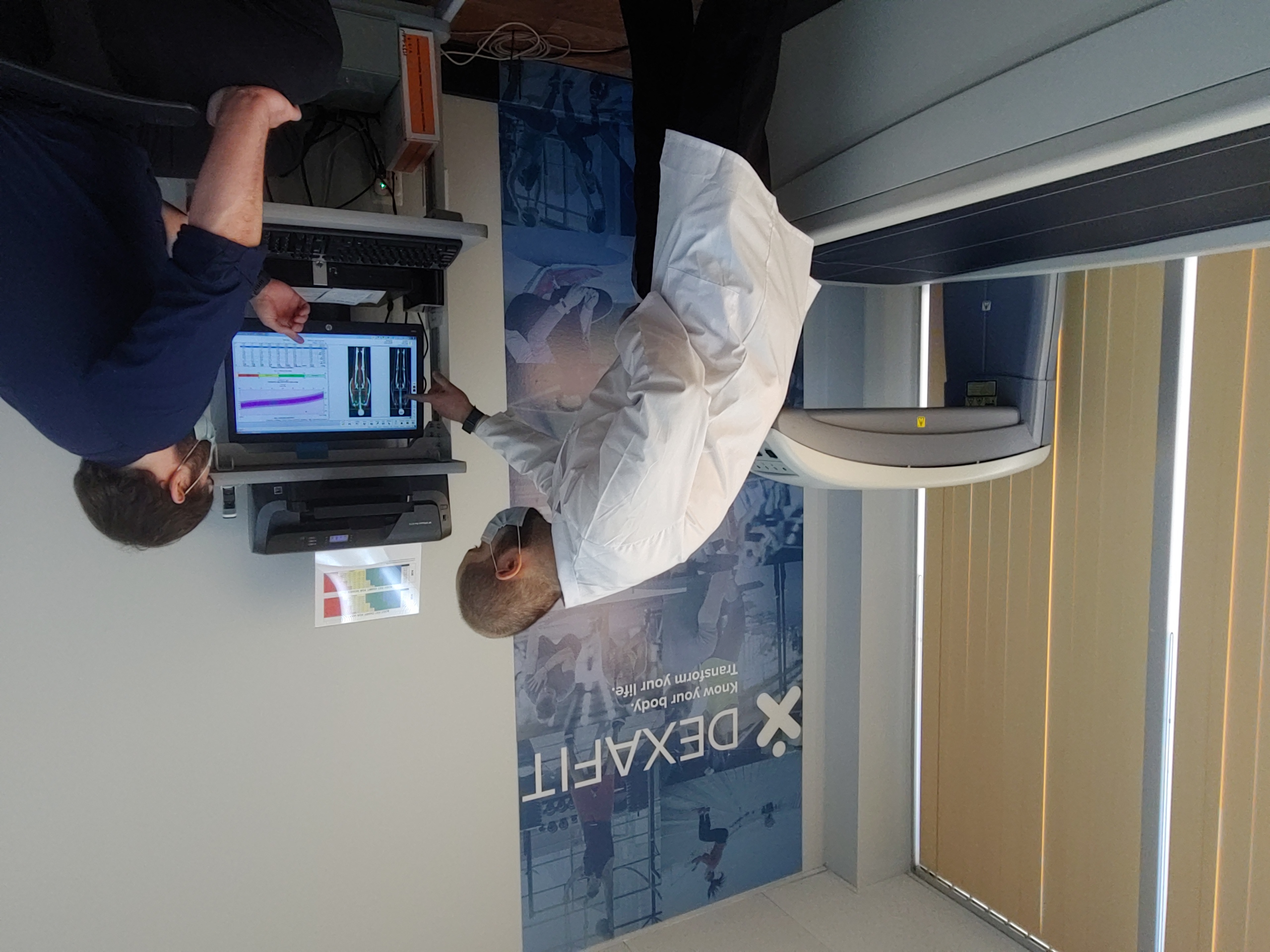Dr. Sajad Zalzala found his first year of medical school at Wayne State University difficult. There was the work itself, but more than that, he was starting to feel disillusioned with the whole practice of medicine.
“I began thinking, Is this all there is to medicine?” he says now, a decade later. “We learn such great physiology, but when it comes to treating patients, there seems to be a big disconnect. Why can’t you treat the underlying cause? What we’re taught sometimes feels like closing a door on a fire and hoping it doesn’t spread anywhere else.”
A new perspective
One day, he happened to hear an interview on the radio that argued that, through diet, exercise, nutritional supplements and certain medication, it was possible to slow down the aging process, which is the underlying cause of all chronic diseases.
That was a view of medicine that made sense to Dr. Zalzala: tackling health problems at their roots before they have a chance to grow into full-blown disease. He decided to specialize in integrated medicine and longevity medicine.
“It was the first time someone talked about the aging process as something you could measure,” Zalzala says. “If you can identify and measure what goes wrong, you can make changes and modify it.”
This idea has guided Zalzala throughout his career. As a family medicine doctor based in Detroit, Michigan, he puts this concept into practice through a multifaceted approach to health planning for his patients — running a telemedicine practice, AgelessRx, that seeks to provide a proactive approach to preventive medicine, as well as a DexaFit location that leverages DEXA (dual-energy X-ray absorptiometry, or low-energy X-ray) technology to offer individuals a data-first treatment plan providing indications of potential risk for a variety of metabolic health disorders.
“Much of the work I do at my practice is a holistic and predictive intake and assessment process,” Zalzala says. “The hope is that we can help predict what somebody needs in order to know where their weak spots are in their longevity and bolster those weak spots with various therapies that are currently available. DEXA plays a role in my clinics by analyzing a patient’s body composition and comparing it against a reference population. In doing so, we may be able to get an earlier insight into a range of conditions including chronic renal failure, anorexia nervosa, obesity, AIDS/HIV and cystic fibrosis.”
"Information is everything"
At his Detroit DexaFit location, patients can get a DEXA scan to help measure for a variety of health concerns, such as lean tissue, visceral fat, and bone health.
“In the search for answers to a patient’s health concerns, information is everything,” says Zalzala. “And with a DEXA scanner, you can get the data and images you need to give you a clear view of what’s going on inside the body — whether you’re assessing bone density, fracture risk or metabolic health — which can help guide better clinical treatments and preventive health maintenance.”
Once a patient receives the scan and has a consultation with Zalzala or his staff to review the results, they can access their own data to help them track their progress.
In reviewing the data with patients, visceral adipose tissue, or VAT, is an area of special concern. High levels of VAT, along with low bone density, can be an indicator of other underlying health issues. Unlike subcutaneous fat, which makes up most of the body’s fat and is located just below the top layer of skin, VAT is hidden deep inside the abdomen. Its main function is to protect vital organs such as the liver and the intestines, but it also contains hormones that affect the metabolism and can lead to increased appetite, insulin resistance and inflammation. Doctors believe that too much VAT can be toxic, but it’s impossible to detect how much a person has without a body scan. GE HealthCare’s Lunar DEXA systems help make this information accessible, quickly, to enhance patient outcomes.
Proactive approach
Until recently, DEXA scans were used mostly for high-level collegiate and professional athletes to track their metabolic health related to their performance*, but now physicians like Dr. Zalzala are finding them helpful for more patients, who can use the data to develop personalized healthcare plans. If his patient’s results show high levels of VAT or total body composition outside of the expected range, he can help address them immediately with various treatments or a diet and exercise regimen. This is better, Dr. Zalzala believes, than waiting for these problems to grow and manifest themselves in potential metabolic health conditions down the line.
“There are a lot of things that can trigger that health journey,” he says, “and DEXA scans are very good tools to open someone’s eyes to and provide an insight to their body composition that they simply wouldn’t get from standing on the bathroom scales.”
* DEXA scanners are prescription medical devices limited to use on the order of a physician.



